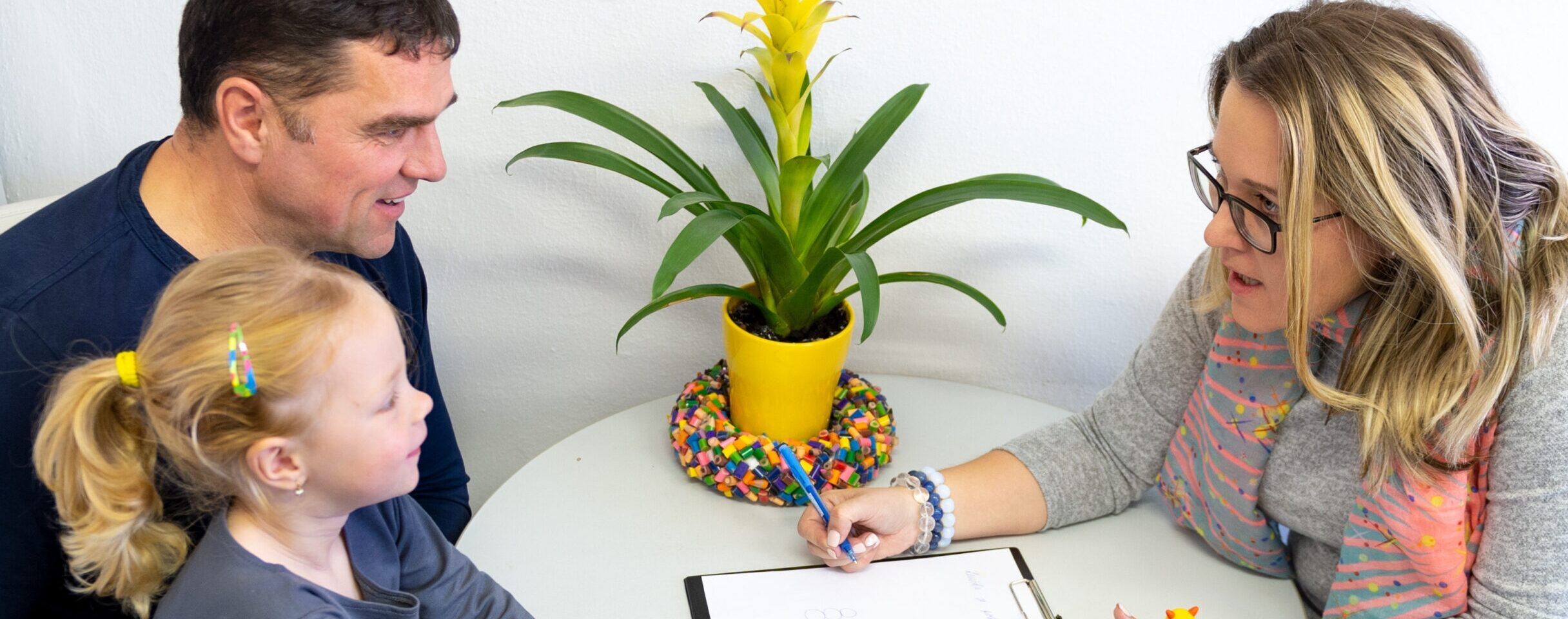6 Strategies for Effective Communication with Families
PublishedWhen parents and other caregivers are involved as active partners in assessment and intervention with AEPS®-3, everyone benefits—families, children, and your program. In today’s blog post, we’re highlighting six important strategies to use when communicating with families of young children. Adapted from the book Assessing Young Children in Inclusive Settings, Second Edition, by Kristie Pretti-Frontczak & Jennifer Grisham with Lynn D. Sullivan, these strategies are key to building an effective and respectful partnership.
Strategy 1: Active listening
What to do:
- Be willing to listen to the family’s concerns, questions, suggestions, and preferences
- Allow for wait time in between comments and questions
- Demonstrate active listening through nonverbal communication (nodding head, eye contact)
- Engage in reflective listening skills (i.e., repeat what was heard) to affirm understanding
- Use nonverbal communication—lean forward and show interest, mirror the other person’s body language
Strategy 2: Acknowledgment
What to do:
- Share relevant and pertinent data from the family
- Recognize family priorities and opinions through both verbal and nonverbal means
- Allow for differences in opinions
- Mention the child’s strengths to their families often
Strategy 3: Collaboration
What to do:
- Seek alternative solutions aimed to meet the needs of families
- Engage in a two-way process of information sharing and understanding (cultural reciprocity)
- Adapt your professional recommendations to the value system of the family
- Aim for consensus versus total agreement
Strategy 4: Participation
What to do:
- Actively participate in conversations and minimize distractions
- Respond in a timely manner
- Promote a positive and welcoming atmosphere
- Allow families to access qualitative and quantitative data
Strategy 5: Respect
What to do:
- Allow for differences in opinions
- Seek alternative solutions that meet the needs of families
- Realize the family is the child’s first teacher
- Allow families to complete thoughts and sentences before you start responding
- Minimize use of jargon with families
Strategy 6: Sharing
What to do:
- Maximize opportunities to use or enjoy something jointly with others
- Communicate the strengths of both the child and family
- Keep personal information confidential
- Share information in a variety of ways: in person, emails, notes, text, websites
Want more guidance on involving families in assessment and intervention? Download this free toolkit for tips, tools, and strategies on partnering with families—and working together to help their child learn and grow.



